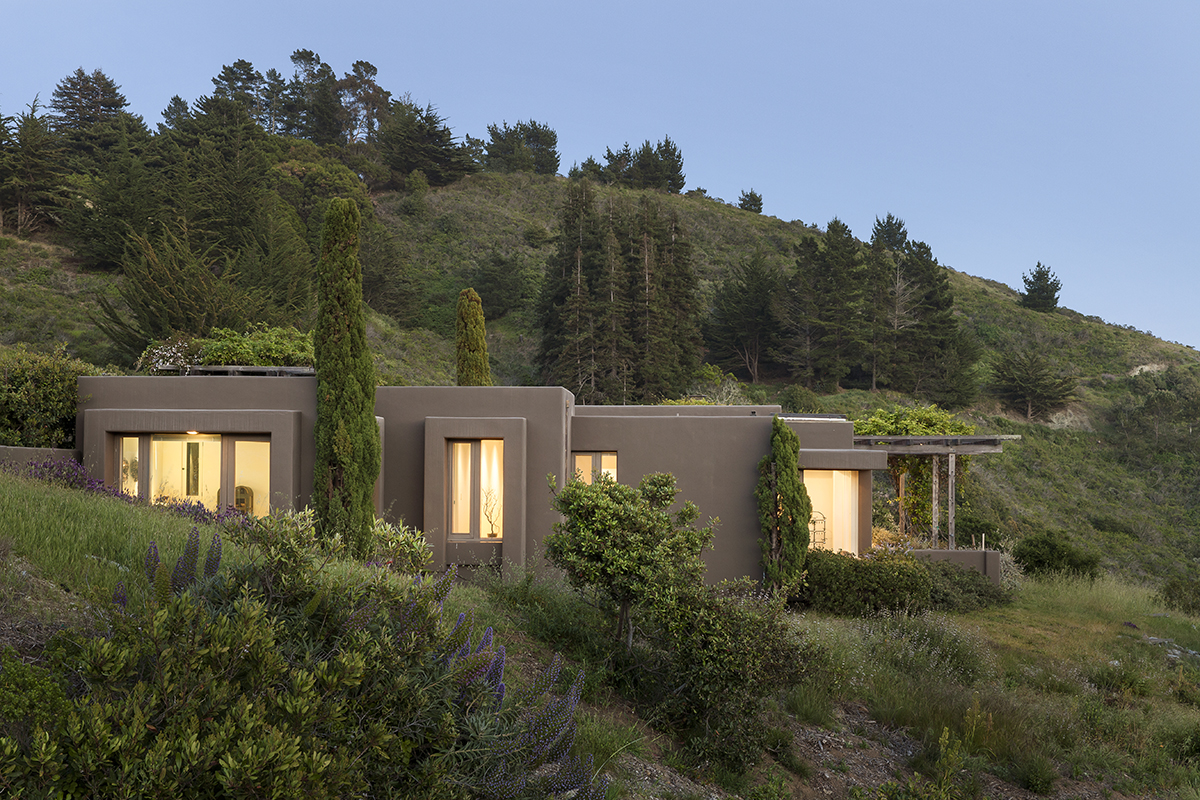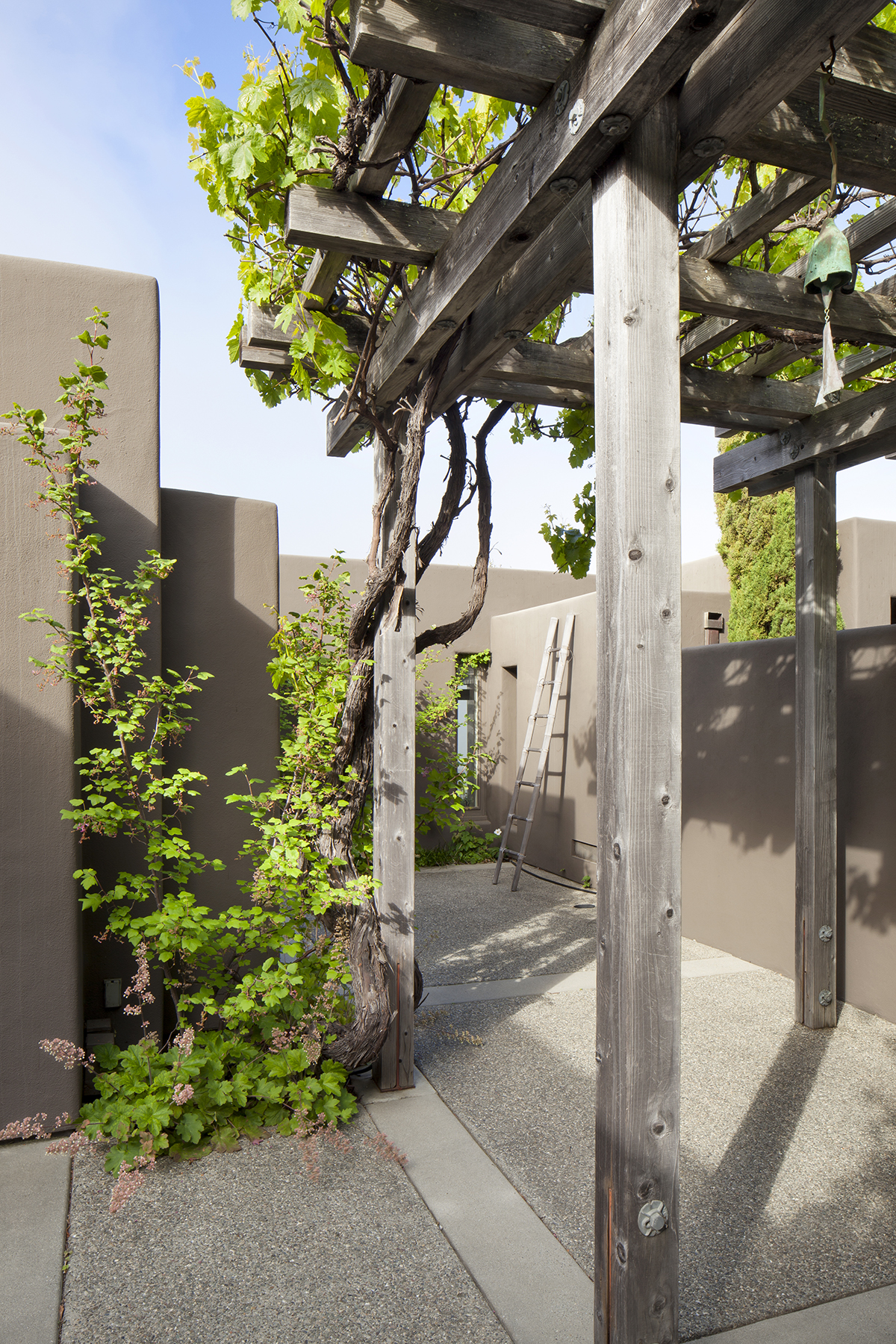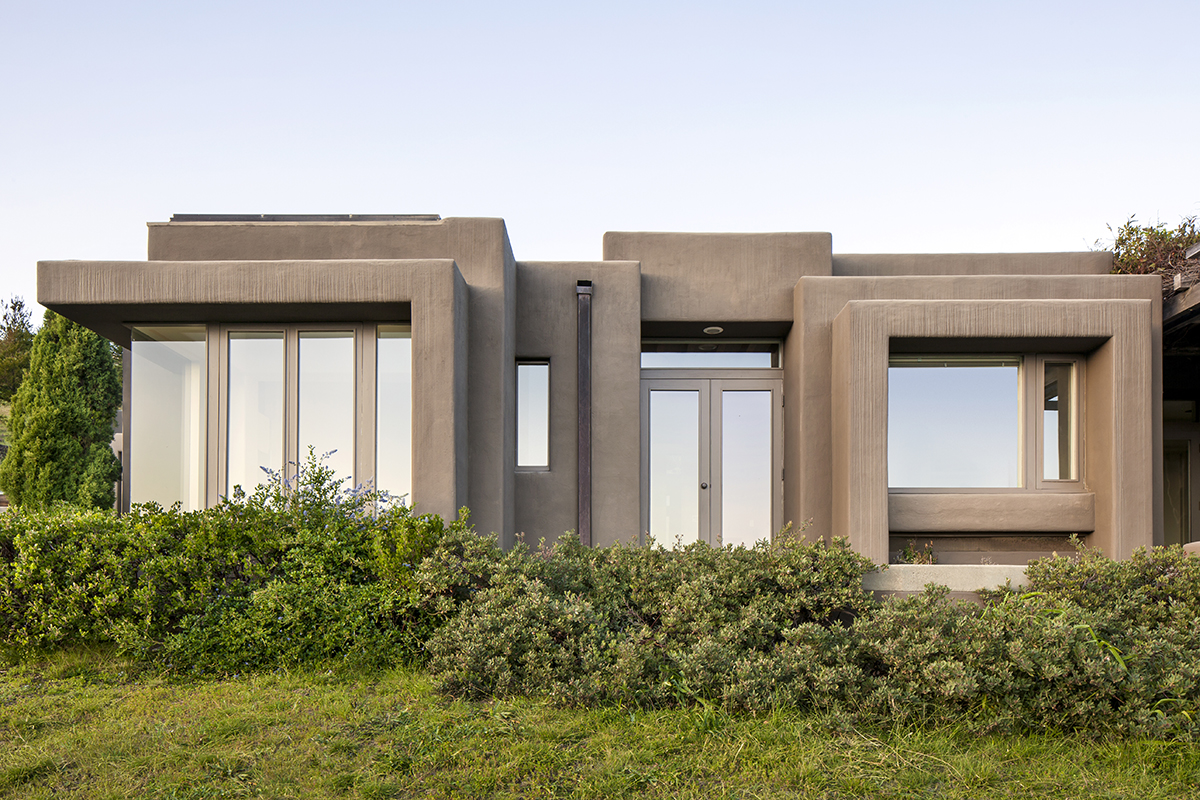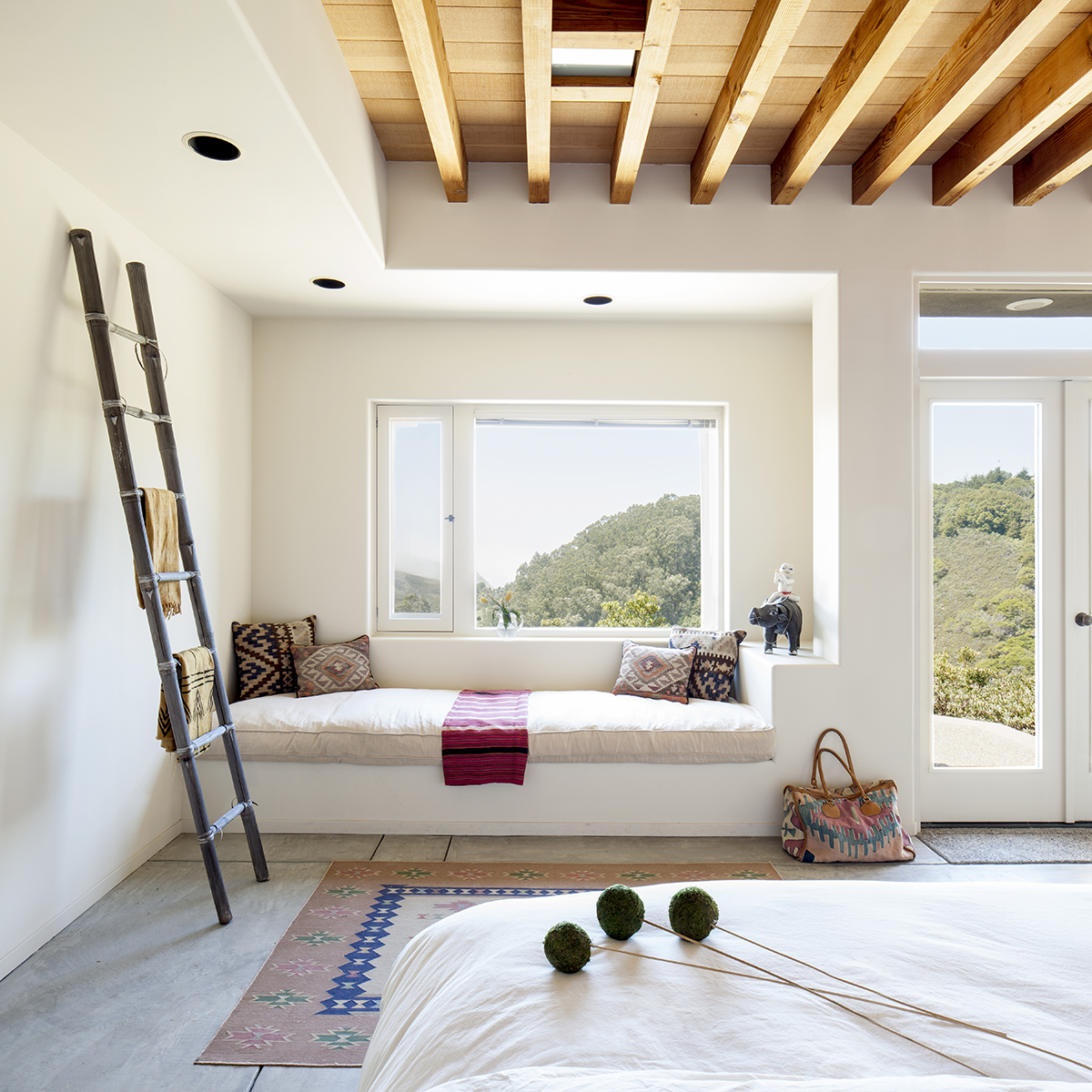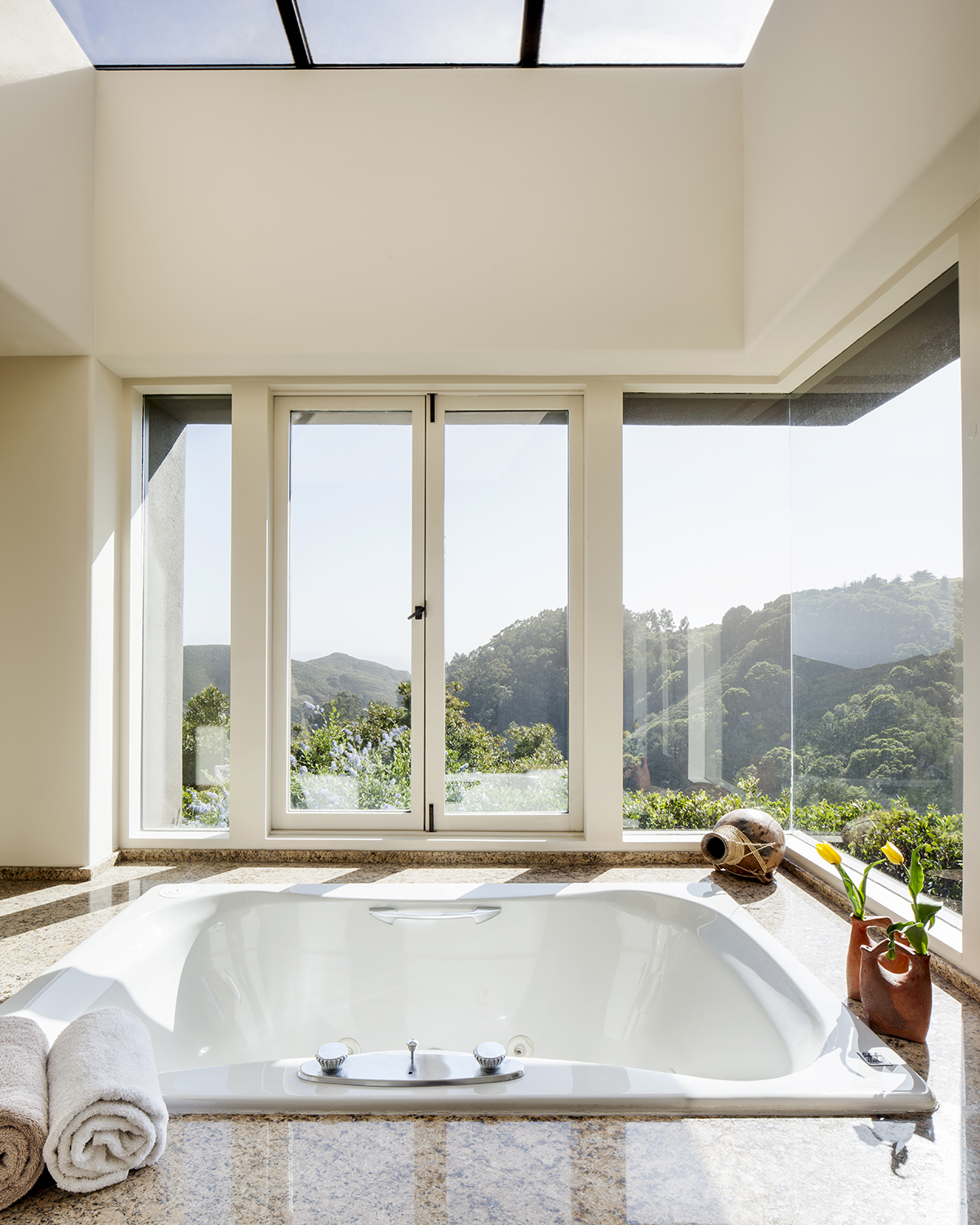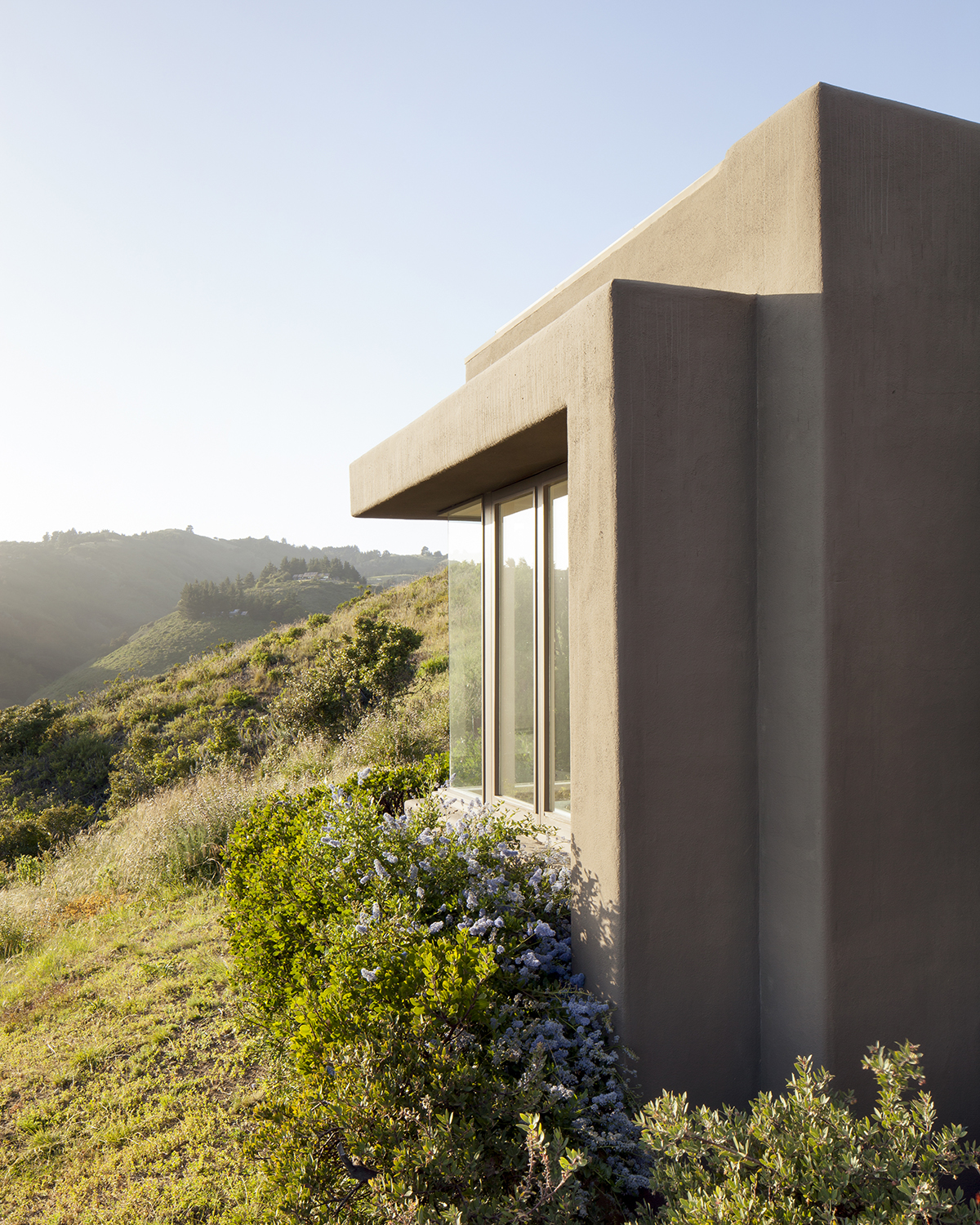Late Architect George Brooke-Kothlow Leaves His Footprint in Big Sur
/In 1992, the late, well-renowned California architect George Brooke-Kothlow (1934-2012) beautifully rendered Tsipora and Harvey Peskin’s dream design for a vacation and summer home into the impressive Big Sur House. The Big Sur coastline is no stranger to seasonal homes (Hearst Castle sits atop a precipice just a short drive down the road) but Brooke-Kothlow’s artistic vision is as much a gentle giant of the wild, untamed forest in which it sits, as it is of modern design techniques.
Harvey Peskin had fallen in love with Big Sur after coming to Berkeley for graduate school in 1952, and purchased the plot of land on which Big Sur House now sits. The couple sought the creativity of an artist, the willpower of an architect, and a design that would harmonize the familiar aesthetic of modernism with Big Sur’s dramatic scenergy. They found all of these essentials in the person of Brooke-Kothlow. From a panel of four architects, they felt Brooke-Kothlow “would capture [their] desire and render it into a design inspired by his creative talent,” while “[trusting] that his design of large spaces with gentle, soft lines could be well integrated with the rough and wild outdoors spaces.”
It is quite a tremendous legacy that this creative impetus has germinated into. George Brooke-Kothlow died of cancer in 2012 and left behind him a slew of ingenious, original designs that dot the gorgeous California coastline. Known for articulating an unconventional modernism–which in the American West took the form of environmentally-minded architecture–Big Sur House showcases his propensity for inserting his own personalized brand of modernism into the magnificent vistas of California’s Central Coast, one of which is now the Peskin’s summer house.
The 3000 square foot, three and a half bedroom residence has an exterior fashioned from quadrangular stuccoed walls whose angular quality is nowhere near imposing or confrontational, tenderly caressing the lush hillside and transitioning nicely into landscaped hedges–fabricated elements of greenery that petition and stroke the untamed wilderness they lie amidst. The stucco is 90s modern and urban industrial, but somehow, the dark-toned gray coalesces beautifully, perhaps progressively, with the vegetation of the Central Coast, all the way from the tall pines to the short shrubbery.
Inside the house, the effect continues both overtly and subtly. Certain materials seem drawn directly from the surrounding countryside, such as the unpainted redwood timber of the rafters, or the granite countertops (olympic granite protrusions can be spotted all along the Big Sur coastline, after all). The dark gray outside contrasts with the blaring white walls inside, for example, those which frame the enormous L-shaped jacuzzi window. Being that the onlooker is privy to the spectacular views through windows such as these, the white walls which frame them serve to accent the verdant, rolling hills. The final impression is optimistic in terms of lighting and colors, conveying an almost Venetian symphony between greens and grays, but it is also environmentally sensitive–not only because Brooke-Kothlow is known for using reclaimed wood recycled from demolished structures in the area (e.g. bridges), but also because as an artist he is quite literarily sensitive to this particular environment, from which his mind draws its creative nectar.
While obtaining his architect degree at the University of Colorado, Brooke-Kothlow worked under Frank Lloyd Wright’s granddaughter, a prestigious designer herself, and Brooke-Kothlow’s own designs definitely update Wright’s organic architecture, and appropriately sit in the middle of one of America’s most well-known wildernesses. In view of these locale specifics, magnificent panoramic scenes are appropriated via the enormous L-shaped window of the jacuzzi, and the skylight above it keeps the experience alive while also promising a front row seat to the night sky that is unobstructed from the electrical glare of urban areas. Admittedly, and for these very reasons, the Peskins saw the importance of “lots of glass” in their design to orient their house both outward, in terms of view, and inward, in terms of the serenity that view inspires within the residents. Combine all this with the stark grays of the stucco outside and the impression is of a human outpost in a forested paradise.
The Peskins original inception of a summer house came from Spanish architecture, though they came to substitute Southwestern and Santa Fe architecture, which was more easily accessible at the time of planning. Brooke-Kothlow is known for using client’s inspirations as the fodder for his own, modifying them into his own artistic vision. Of course, the clash between architect and client is imminent, but so is the extraordinary result of the friction, and all in all, the final product wonderfully achieves “the easy, seamless transition between the indoors and the outdoors.” The transition between that which is out and that which is in is subtle and extensive. Unpainted redwood timber rafters are a wonderful rural accent, as are the cushioned window seats that are essentials for such a spectacular location with fittingly spectacular views. The middle bedroom opens onto its own courtyard, in which sits a wooden portico adorned trellis-like with vines. The kitchen, centrally placed within the living area, leads out onto a wrap around deck, while a private deck can be reached through the third bedroom.
The integration between the wonderful Big Sur outdoors, and the comforts and aesthetic afforded by modern architectural practices, is apparent from even a passing glance at Big Sur House. The building is as magnificent for its organic architecture as Big Sur is for its untamed vastness. Brooke-Kothlow respects the sanctity of, and reconciles his design within the boundaries of, “the beauty, the untamed nature of the place (snakes, coyotes, wolves and deer roaming around), the view of the ocean all around [them] [that] combine to make it the most beautiful place on earth,” and this is the grand and inspirational artistic legacy he left behind him in 2012.
Photography by Garry Belinsky
